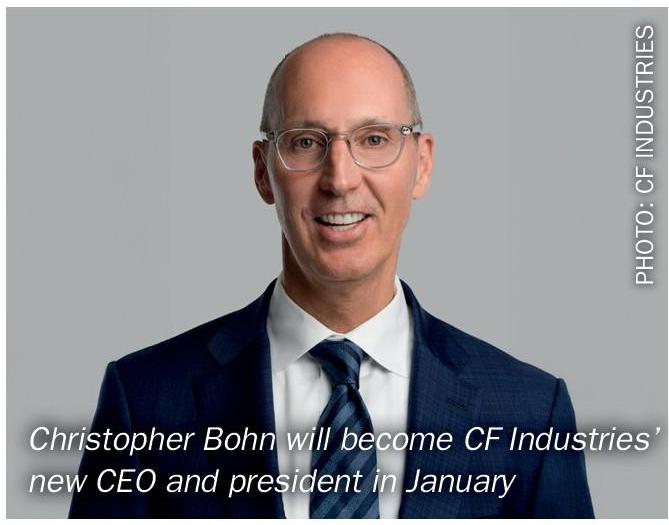Sulphur 421 Nov-Dec 2025

26 November 2025
The Sulphur Institute at 65
SULPHUR INSTITUTE
The Sulphur Institute at 65
The Sulphur Institute celebrates its 65th anniversary this year. In this article the organisation describes its lasting legacy and global impact.

“Sulphur is not optional—it is essential. If you’re growing crops, you’re managing Sulphur, whether you realize it or not.”
– Dr. James Beaton (1980)
On a spring day in 1960, four visionaries; Russell Coleman, Claude Stephens of Texas Gulf Sulphur, Harry Webb of Pan American Sulphur, and Charles Wight, signed articles of incorporation that gave birth to The Sulphur Institute (TSI). Their vision was simple yet profound: to create an organisation that would promote and expand the use of sulphur in all its forms, uniting an industry that was beginning to shape the modern world.
Sixty-five years later, TSI remains the global association for sulphur and sulphuric acid professionals. Its membership spans more than 60 companies worldwide, connecting producers, consumers, marketers, researchers, agronomists and transporters across the value chain.
Changing industry, constant mission
At the time of TSI’s founding, elemental sulphur came largely from Frasch mining, a process that melted deposits underground with superheated water. But as oil and gas refining expanded in the 1970s and 1980s, sulphur recovery from hydrogen sulphide through the Claus process surpassed mining as the dominant production method. This fundamental shift transformed the industry, and TSI adapted, expanding its membership to include multinational energy companies.
From 1970 to 2023, global sulphur production climbed from under 30 million t/a to more than 82 million t/a. As production methods and markets evolved, TSI never wavered from its core mission: to advocate for sulphur’s benefits, promote safe and sustainable practices, advocate it as the 4th major crop nutrient and connect the industry on a global scale.
Landmark contributions
- Transforming sulphur’s value perception – Once dismissed as a low-value byproduct, sulphur is now recognised as an essential raw material. TSI has championed its role in agriculture, chemicals, construction, and environmental management, helping elevate sulphur into a globally significant commodity.
- Advancing research and innovation – By funding and coordinating research, TSI has driven breakthroughs in sulphur processing, utilisation, and fertilizer development. Its support of agronomic research has highlighted the importance of sulphur nutrition, where it is often described as the ‘fourth major nutrient’.
- Facilitating industry collaboration – Through international conferences like the Sulphur World Symposium and specialised working groups, TSI has brought together producers, marketers, agronomists, and policymakers. These gatherings have created neutral spaces for dialogue, best practice sharing, and new partnerships.
- Establishing safety and environmental standards – TSI has led efforts to improve workplace safety and environmental stewardship. Its guidelines have informed responsible handling, transportation, and processing of sulphur, while supporting industry adaptation to tightening global regulations.
- Education and workforce development – Training programs, technical publications, and outreach efforts have strengthened the skills of industry professionals. By fostering continuous learning, TSI has helped ensure operational excellence across generations.
Looking ahead
As TSI celebrates its 65th anniversary, it is not only reflecting on its past but also embracing the future. With sustainability, carbon management, and responsible supply chains now at the forefront, sulphur continues to play a vital role in feeding the world and fuelling industry.
The founders’ vision in 1960 – to build a global forum that advances sulphur for the benefit of society – remains alive and well today. TSI’s legacy is not only written in history but also in the future it is helping shape.





